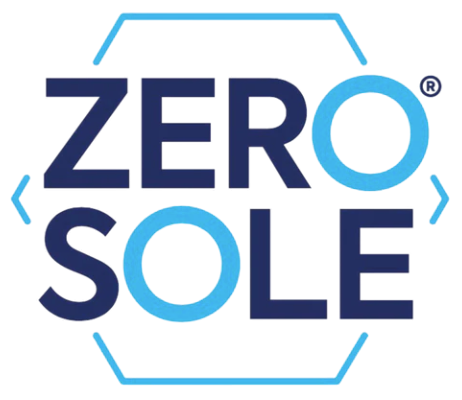
Bunions
What is a bunion?
A bunion is a deformity that commonly affects the big toe joint and occasionally the little toe joint (bunionettes). A bunion forms when the base of the big toe points outwards (away from the foot) and the end of the big toe points inwards (towards the rest of your toes), causing a prominent bony lump to form on the inner aspect of the big toe joint.
Bunions gradually form and can continue to slowly worsen over time. In severe cases, the big toe may start to press into the smaller toes or cross over or below the second and third toes. A bunion is not always painful, however it can become painful if there is frequent pressure or friction occurring over the bunion, such as from tight-fitting footwear. This may cause it to become red and inflamed.
If you have a bunion, it may be difficult to find comfortable, well-fitting footwear. A bunion deformity will often make your forefoot much wider. Because of this, it is important you take the width of your foot into account when choosing what style of shoes to wear and consider looking at footwear brands that offer wider fit options.
What causes bunions??
Bunions are usually inherited from family, so chances are if you have a bunion, your mother, father or a grandparent may also have had one as well. Other factors, like a long history of wearing pointy narrow or high-heeled footwear, may increase your likelihood of a bunion forming or speed up the progression of your bunion by encouraging the toe to sit in this position. Certain health conditions can also increase your risk of developing bunions, such as rheumatoid arthritis.

Can bunions be treated?
If you’re in pain or you struggle to find well-fitting footwear due to the condition, you may want to seek professional advice and bunion treatment. However, there are some simple changes that you can make yourself to help manage this condition at home:
Do ✓
- Wear supportive, wide-fit footwear with adequate toe room and depth.
- Relieve pressure: in addition to wider-fit footwear you can purchase cushioning sleeves to protect your bunion from friction and pressure in the shoe.
- Keep your feet supported: supportive footwear, such as a running style trainer, will reduce the mechanical stresses occurring in the joint.
- Reduce inflammation: applying cold compress or anti-inflammatory gels to the area can help to reduce pain and inflammation.
Don’t X
- Do not wear narrow, tapered footwear or high heels that will increase pressure on the bunion.
- Don’t wear footwear with hard, heavy seams that will further increase pressure on the bunion.
Consult your GP or a healthcare professional if:
- Pain persists despite making the above changes.
- The joint becomes increasingly hot and swollen.
- You have diabetes, which can make many foot conditions more serious.
You may be referred to a podiatrist who will be able to advise on further treatment options such as custom made orthotics. If conservative treatment fails to relieve your symptoms, surgery may be recommended to correct the alignment of the joint.
